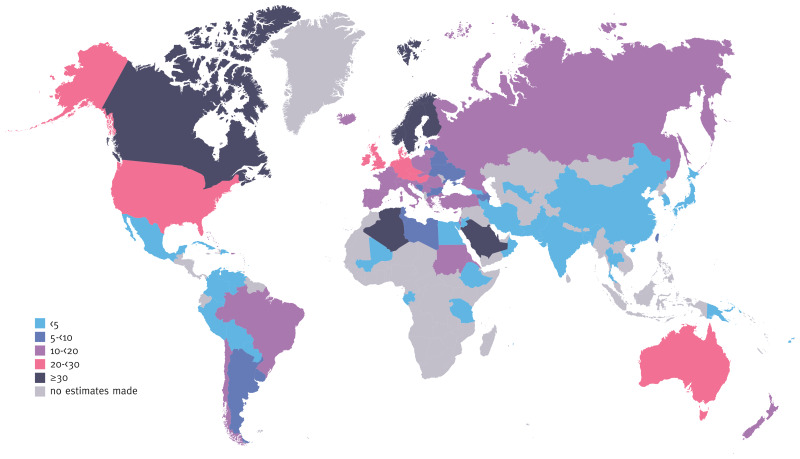Global Diabetes Mellitus Trends
Diabetes Mellitus (DM) presents a worldwide public health challenge. This study delves into the trends of DM incidence, mortality, and mortality-to-incidence ratio (MIR) over three decades.
Data extracted from the Global Burden of Disease (GBD) study showcased age-standardized rates from 1990 to 2019, assessed against the Human Development Index (HDI). Generalized Estimating Equations (GEE) and spline models evaluated trends across developed, developing, and global contexts.
Tip: Please fill out the form if you or a friend would like more information on glucose monitoring devices.
Introduction
DM stands as a global health concern, its incidence steadily climbing over recent years. Projected estimates signal a steep rise, potentially hitting 366 million cases by 2030. WHO reports highlight a 3% increase in Diabetes Mellitus-related mortality from 2000 to 2019, marking it as a leading cause of 1.5 million deaths in 2019.
DM’s impact extends to health and economics, with medical costs for diagnosed cases running 2.3 times higher than non-diabetic individuals. The societal burden necessitates comprehensive research across nations.
Factors influencing Diabetes Mellitus incidence vary, encompassing lifestyle, diet, healthcare accessibility, and the rise in obesity due to sedentary lifestyles and high-calorie diets. The escalating prevalence of DM aligns with population aging and varies across income levels.
Must Read CGMs in noncritical care hospitals optimizes glycemic control
Low and middle-income countries witness a swifter rise in Diabetes Mellitus rates compared to high-income nations, highlighting disparities requiring attention.
Existing epidemiological studies often adopt descriptive approaches, lacking in-depth exploration of developmental and geographical influences on DM incidence, mortality, and MIR. Addressing this gap, this longitudinal study aims to dissect Diabetes Mellitus trends globally, factoring in development’s impact on regional variations.
Methods
GBD data on age-standardized DM rates per 100,000 people, mortality rates, and MIR from 1990 to 2019 were used. HDI data segmented countries as developed and developing. Statistical analyses employed GEE and spline models.
Don’t miss the Guide about Wegovy Dosage Guide: The Best Way For Weight Loss
Results
The analysis of 189 countries revealed an upward trend in Diabetes Mellitus incidence globally, with an annual increase of 3.73 cases per 100,000 people. Both developed and developing nations shared a parallel rise in DM incidence rates.
Mortality rates due to DM exhibited divergent trends—developing countries saw a rise until 2005, followed by a decline, while developed nations remained relatively stable. MIR declined in both groups, yet developed countries showcased a faster reduction.
Also, read about Low-Fat Milk Increases Prediabetes Risk, High-Fat Yogurt Lowers It.
Discussion
The escalating DM incidence reflects lifestyle shifts, higher obesity rates, and improved diagnosis methods. The mortality rate’s reduction could indicate advancements in patient care and complications management.
Developed nations show a more pronounced decline in MIR, indicative of enhanced survival rates, possibly linked to better healthcare access and lifestyle awareness.
Conclusion
The surge in DM incidence calls for proactive measures globally. Addressing risk factors through awareness programs, lifestyle modifications, and improved healthcare accessibility is imperative to curtail the impending Diabetes Mellitus crisis. Policymakers should implement comprehensive, cost-effective strategies to mitigate DM’s growing impact on societies worldwide.


